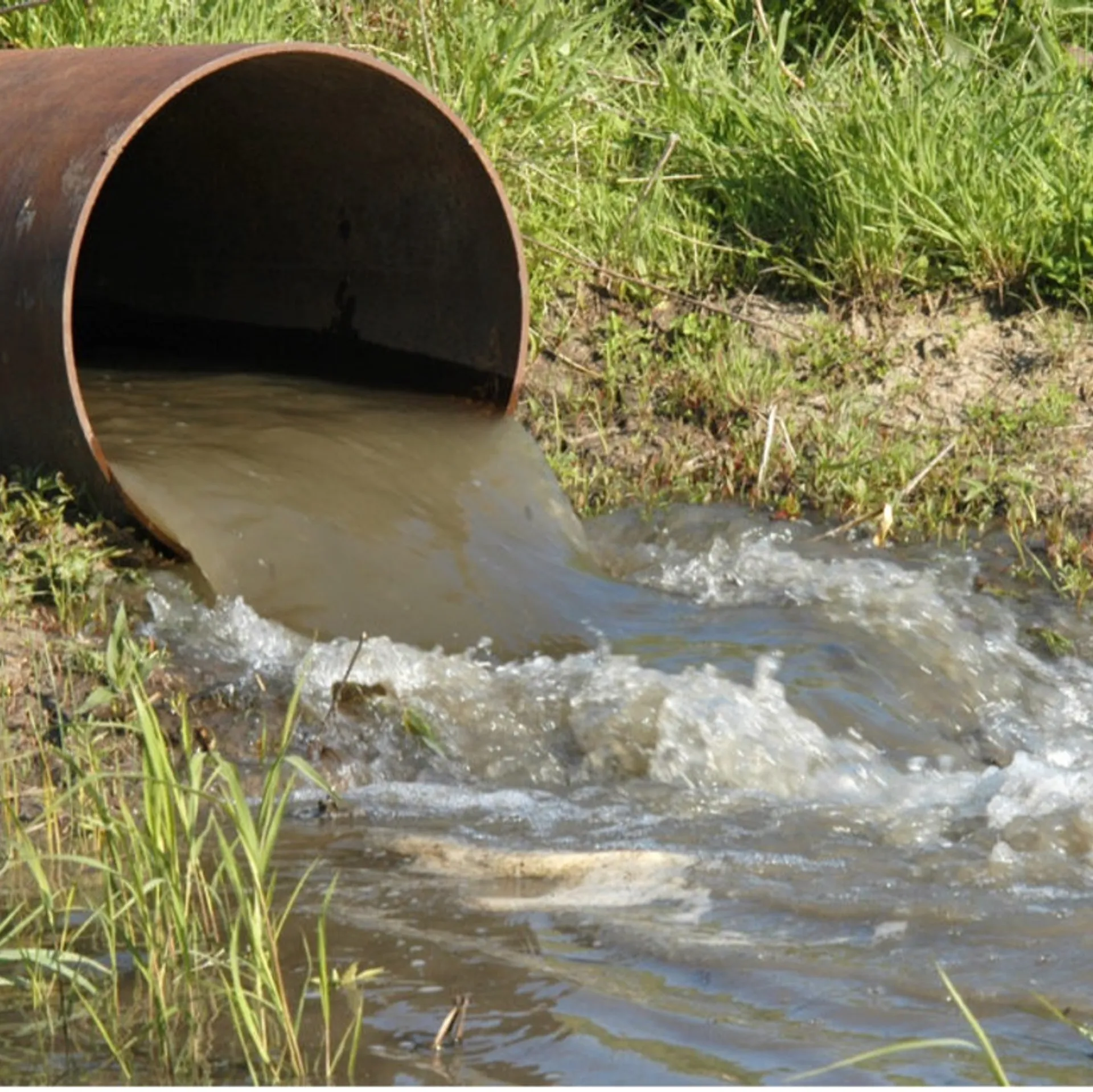Storm Elliott: Once in a Generation?

From December 21st to December 26th 2022, a winter storm, unofficially named "Storm Elliott", wreaked havoc across Canada and the USA, eventually transforming into a "bomb cyclone".

The storm devastated Buffalo, the second largest city in the state of New York.
Temperatures plummeted by 30–50 degrees Fahrenheit (around 17–28 degrees Celsius) nationwide, leading to blizzard conditions characterised by heavy snowfall and winds gusting over 50 miles per hour. The cold was so extreme in Florida that local authorities issued a "falling iguana alert" as frozen iguanas were dropping from the trees.

By the time the storm subsided, at least 69 people had lost their lives.
1.7 million were left without power during the Christmas period, and over 60% of the US population was living under a winter weather alert. The severe weather caused widespread chaos on the roads, resulting in temporary closures. Numerous crashes occurred throughout the country, such as a 46-vehicle pile-up on the eastbound Ohio Turnpike, which claimed four lives and left many others injured. A major crash involving 85 cars took place in Illinois. Approximately 20,000 domestic flights were cancelled, causing significant travel disruptions for thousands of holiday travellers trying to return home for Christmas.
Storm Elliott was initially declared a once-in-a-generation event.
However, the evidence may suggest otherwise. Weather scientists propose that North America should brace for more frequent and intense extreme events like Elliott. Surprisingly, global warming may be the driving force behind these occurrences, despite seeming counterintuitive. Part of the cause lies in the behaviour of the polar vortex.
The stratospheric polar vortex (SPV) refers to the rapid, counterclockwise circulation of winds high up in the stratosphere, approximately 30 miles (50 km) above the Earth's surface. It should not be confused with the upper atmosphere westerlies (tropospheric polar vortex), which are lower in the troposphere. In winter, when the temperature gradient between cold Arctic air and warmer mid-latitude air is significant, the SPV accelerates and maintains a stable track.
However, if the temperature difference between these two air masses diminishes, the SPV can slow down, become unstable, or even split into two circulations.

While a stable SPV confines cold Arctic air to high latitudes, its weakening or splitting can trigger the development of a pronounced wave in the upper atmosphere westerlies and the polar jet stream as depicted above. This phenomenon allows cold air to surge southward across the continent, which is precisely what occurred in December 2022. The result was a stark temperature contrast between the cold air mass over the continent and the significantly warmer air mass over the Atlantic Ocean. These conditions were ideal for the formation of a bomb cyclone.

The jet stream adopted a distinct southward loop that extended roughly parallel to the eastern coast of the USA. This atmospheric pattern created the necessary conditions for Storm Elliott to intensify.

What exactly is a bomb cyclone?
A bomb cyclone evolves from a depression or cyclone when its central pressure drops by at least 24 millibars within 24 hours. The key factors for this occurrence are as follows:
- A substantial temperature differential between continental and oceanic air masses.
- Formation of high-amplitude waves along the polar front.
- Extremely high wind speeds within the Jet Stream due to a steep temperature gradient on either side of it.
When a vigorous jet stream overlays a developing low-pressure system, it creates a feedback mechanism where warm air rises at an escalating rate. This rapid ascent causes the system's central pressure to decrease rapidly. As the pressure drops, winds intensify around the storm. This is precisely what transpired on the eastern side of the USA in late December. Storm Elliott initially formed over the Pacific Northwest and traversed the Midwest before reaching upstate New York, where it intensified into a bomb cyclone:

Bomb cyclones are not particularly rare occurrences.
Currently, the Eastern USA experiences approximately 18 intense storms of this nature per year. While they may not all be as destructive as Storm Elliott, researchers indicate that both the frequency and intensity of these events are likely to increase. North America should anticipate more of these extreme events in the future. There is a noteworthy rise in the frequency of cyclones in high-latitude regions, and the intensity of storms in these areas has also witnessed an upward trend.
So, is this connected to global warming?
Climate sceptics may argue that the severe conditions witnessed across North America in December as evidence against global warming. This perspective goes against findings from past research, which highlight a positive association between the frequency of high-latitude cyclones and winter temperatures. This correlation further supports the notion that global warming could contribute to heightened cyclone activity in high-latitude regions.
In the Arctic, the diminishing sea ice area is leading to warming trends. The temperature gradient between the polar and mid-latitude regions is diminishing, weakening and destabilising the polar vortex. As a result, cold air outbreaks are more likely to move southward over North America. Far from being an isolated incident, Storm Elliott may serve as a harbinger of more extreme weather events in the future, potentially subjecting other cities across the USA to devastating blizzards similar to the one that ravaged Buffalo.
Given that reversing global warming in the short and medium term is not feasible, the governments of the USA, Canada, and possibly Western European nations must be better prepared to address the consequences than they currently appear to be. Perhaps potential scenarios resulting from extreme winter weather events should also influence future policies concerning energy security?
Buffalo, New York, was among the cities most severely impacted by the storm. You can find a detailed account of the storm, including survivor stories and the lifting of travel bans, on Fox Weather.
References & Resources
- Climate.gov (2021, March 5) Understanding the Arctic polar vortex [Accessed June 14, 2023]
- The Conversation (2022, Jan 27) What is a bomb cyclone? An atmospheric scientist explains [Accessed June 14, 2023]
- Journal of Climate (2001, June 15) Trends in Northern Hemisphere Surface Cyclone Frequency and Intensity [Accessed June 14, 2023]
- NASA Earth Observatory (2023) Weather Whiplash [Accessed June 14, 2023]
- Weather Underground (2022, Dec 22) What Is A Bomb Cyclone? Here's How This Powerful Type Of Storm Forms [Accessed June 14, 2023]
Written and researched by Phil Brighty, edited by Owen Littlehales. Published: June 14, 2023.
Find exactly what you’re looking for.
- Popular Searches
- Biology
- A Level Media Studies
- Chemistry
- Geography
- Physics
- A Level Environmental Science
Newsletter
General
Work with us
Get in touch
- © 2026 Curriculum Press
- Terms & Conditions
- Privacy & Cookies
- Website MadeByShape









